Insights into Millennials’ Mobile Shopping Behavior
Who Are The Millennials?

Millennials (also known as the Millennial Generation or Generation Y) are the demographic cohort following Generation X. Most observers use birth years ranging from the early 1980s to the early 2000s. Many use 1982 as the Millennials’ starting birth year and 2004 as the last birth year.
This is the biggest group since the baby boomers and they have a large influence in the marketplace for jobs, technology and shopping habits. They have grown up with technology at their fingertips and because of this they are comfortable and confident when shopping online.
Millennials LOVE to Shop Online
This group of young people have a combined purchasing power of $170 billion – so they should be seen as massive influencers in the retail space. But they don’t want to be seen as a group. The millennial are most definitely individuals. They want the companies that they buy from to treat them in that way.
By connecting with the average millennial through social media and email marketing, the organizations must respect their individuality. They want more than just somewhere to buy stuff. They want a brand that they can understand, respect and interact with on different levels.
Millennials Shop on Mobile Devices
More than a third of millennials shop on mobile devices at least once a month or more. This means that the savvy retailer has more than one way of connecting with the millennial generation. Mobile stores, social media accounts and interactive website services are an absolute must for any retailer that wants to capture a share of the millennial dollar.
You must be ready, willing and able to interact with the millennial on their terms to be able to do business with them. In fact in a recent survey, millennials ranked the use of technology as the one thing that they thought set their generation apart.
It has been cited that 83% of millennials sleep with their smartphone, so you can see that they are highly devoted to their technology! And it is here that the more successful retailers can see an opportunity and run with it.
Social Media is the Millennials’ Playground
The millennial generation are great users of social media. By having a social media account that can connect with the average millennial and give them something they can’t get elsewhere, a company can build a relationship that lasts a lifetime and brings in great rewards.
Your social media sites need to be more than just somewhere else for the millennial to see you, or buy from you. It needs to give them engaging content that appeals to them and their values. They love to see what brands their friends are following on Facebook, Twitter and Instagram. An amazing 47% said that someone else’s following, liking, pinning or tweeting info on social media helped introduce them to a brand. This is marketing taken right into the digital age!
How to Connect with Millennials
Millennials want to feel as though they are valued by the organization they deal with. One way of doing this is to have millennials in the workforce. The US workforce is expected to be made up of 36% millennials by the year 2025. If you have millennials working for you then they are more likely to connect with other millennials, and solve the problems that other millennials want to be solved.For more resources, see the Free Management Library topic: Marketing and Social Media.
.. _____ ..
About Lisa M. Chapman:
Lisa Chapman helps company leaders define, plan and achieve their goals, both online and offline. After 25+ years as an entrepreneur, she is now a business and marketing consultant, business planning consultant and social media consultant. Online, she works with clients to establish and enhance their online brand, attract their target market, engage them in meaningful social media conversations, and convert online traffic into revenues. Email: Lisa (at) LisaChapman (dot) com. Her book, The WebPowered Entrepreneur – A Step-by-Step Guide is available at:










